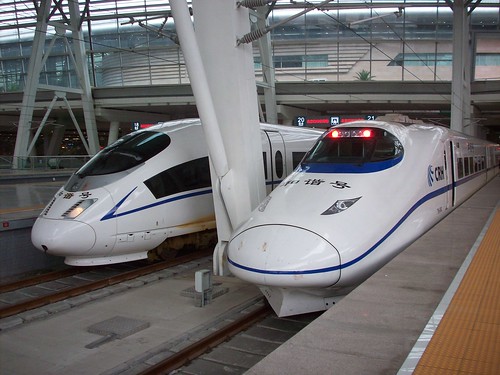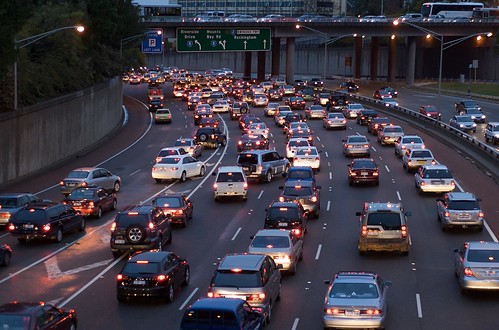Event Alert: 81st Annial AAAE Conference and Exposition — Jule 14-17 @ Philadelphia, PA
.jpg)
The 81st Annual AAAE Conference and Exposition is scheduled for June 14-17, 2009, in Philadelphia, Pennsylvania. This historic city will be our host for the best airport industry conference around.
The AAAE annual conference always attracts more than 2,500 airport and aviation professionals, including airport executives; airport and aviation suppliers and vendors; airline personnel, and representatives from FAA, TSA and DHS. Four days of discussions revolving around the current state of affairs of the airport industry will be supplemented by an exhibit hall with over 250 vendors ready to assist the industry in meeting its challenges with their products and services. Don’t miss this once-a-year opportunity to meet with airport colleagues from around the country!
Fresh on the job after being sworn in June 1, 2009, U.S. Deputy Secretary of Transportation John Porcari will deliver his first address to an aviation industry group at the AAAE Annual Conference on Tuesday, June 16 at 10:30 am in Philadelphia, Pennsylvania.
PRE-REGISTRATION DEADLINE
All registrations received after Wednesday, June 10, 2009, will be considered on-site registrations and will be processed upon check-in during registration hours at the conference. Attendees who mail or fax in registrations and do not receive a faxed confirmation letter should bring a copy of their registration form and payment information with them. The May 15 deadline does not apply to listings in conference publications. Rosters will be printed and shipped several weeks in advance of the conference dates and cannot include listings for subsequent registrations. A final roster of attendees will be available after the conference concludes. For further information, contact Alexia Marquex at (703) 824-0500, Ext. 201, or e-mailalexia.marquez@aaae.org.
REGISTRATION/CANCELLATION POLICY
All registrations must be in writing. All cancellations must be received in writing on or before May 15 and will be refunded after the conference is over. Refund requests on or before May 15 are subject to a $150 processing fee; no-shows will be billed. There will be no refunds of any kind after May 15. This includes golf fees, spouse program and spouse tour fees.
Confirmation of registration will be e-mailed to conference attendees. If you have not received a confirmation letter via e-mail two business days prior to the meeting, and you enrolled at least 15 days prior to the meeting, please contact the AAAE Meetings Department at (703) 824-0504 or email aaaemeetings@aaae.org. Non-receipt of the confirmation letter before the meeting is notjustification for seeking a refund.
Attendee substitutions will be accepted. Photocopies of this form will be accepted. AAAE accepts registration regardless of race, religion, sex, physical disability and national or ethnic origin. This includes but is not limited to admissions, employment and educational services.









